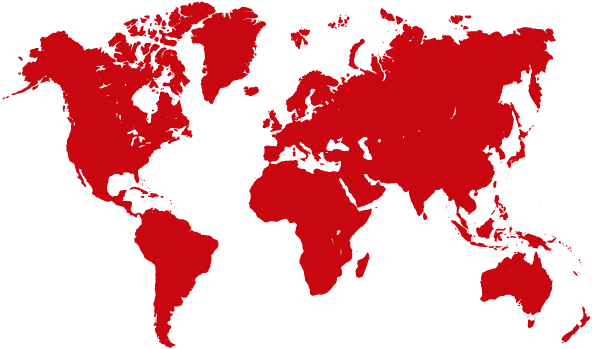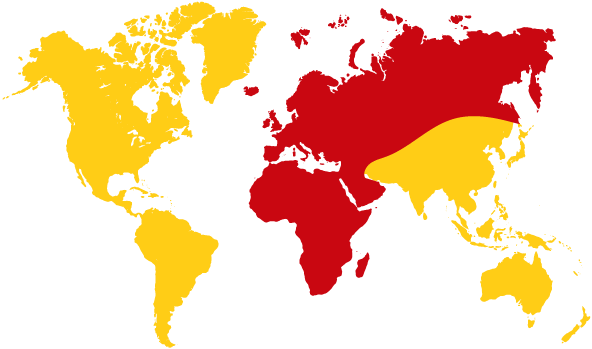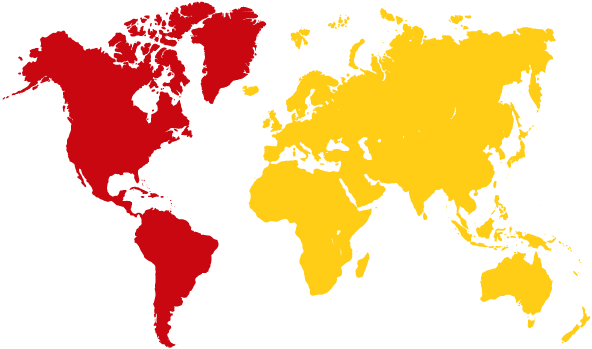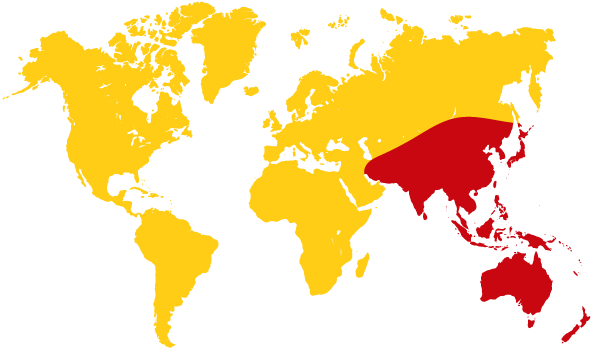The Atlantic hurricane disasters this year left more than 260 dead with $300 billion in damages, making them the costliest ever.
There were three main hurricanes and two others. Hurricane Harvey was the costliest tropical cyclone on record. The weather system was tracked through the Caribbean as it weakened, then intensified to a Category 4 as it hit the US State of Texas.
Hurricane Irma inundated Barbuda and Puerto Rico, before moving to Florida Keys in the US. While Hurricane Maria, regarded as the worst natural disaster on record in Dominica, also caused catastrophic damage and a major humanitarian crisis in Puerto Rico.
A string of other Caribbean islands, including the British Virgin Islands, Turks and Caicos, Cuba, and Saint Martin, have been affected.
Attention to the role of Amateur Radio has been drawn in comments on International Disaster Reduction Day (October 13), by Caribbean Telecommunications Union Secretary-General Bernadette Lewis who described Amateur Radio as a “bedrock of sustained communications” during emergencies.
She spoke as part of a panel on emergency telecommunications during the International Telecommunication Union (ITU) World Telecommunication Development Conference 2017 (WTDC-17), in Buenos Aires, Argentina.
Her clear message was to cultivate “a new and younger generation of radio amateurs” to carry out continue provision of emergency communications.
From Trinidad and Tobago, Ms Lewis said: “Amateur Radio has been a staple, and it is because of…the Amateur Radio operators in the region that we get a lot of the information that we need.”
Her presentation defined Amateur Radio as one component of the coordination of preparedness, response, and recovery efforts by the national emergency management agencies.
There was also a stepped up effort to restore Amateur Radio capabilities in the Dominica Republic after Hurricane Maria in October.
Before that disaster, work begun last year by the Yasme Foundation involved the Dominica Amateur Radio Club and Dominica’s National Telecommunications Regulatory Commission, to recruit and equip new operators for just such an emergency.
Now after Hurricane Maria, the Yasme Foundation has been joined by Yaesu USA, the Foundation for Amateur International Radio Service (FAIRS), and individual GoFundMe donors through that crowd-funding online platform.
Resources for the Caribbean island nation are also coming from US based Dominica expatriates. One aim is to equip Dominica with radio equipment and solar-powered battery-charging stations in a network.
Throughout the Caribbean there was involvement by radio amateurs not only with Harvey, Maria and Irma, but Hurricanes Katia, and Jose.
The Atlantic Hurricane Season begins on June 1 and ends in November. Reports on it are at: https://iaru-r3.org/category/disaster-communications/
– Jim Linton VK3PC, Chairman IARU Region 3 Disaster Communications Committee



